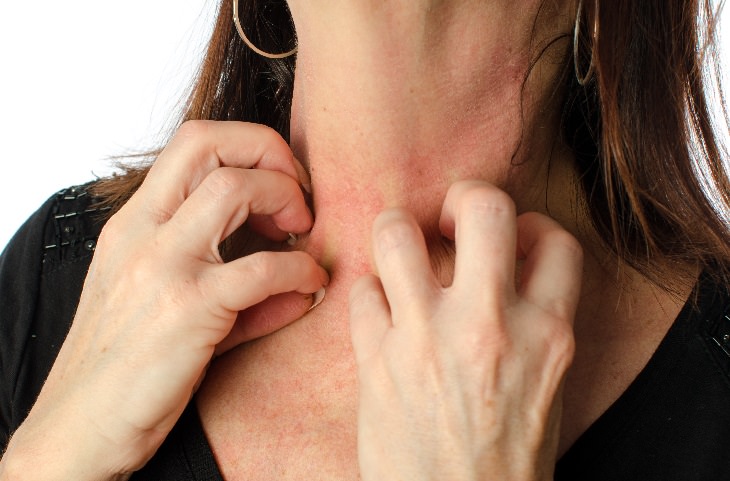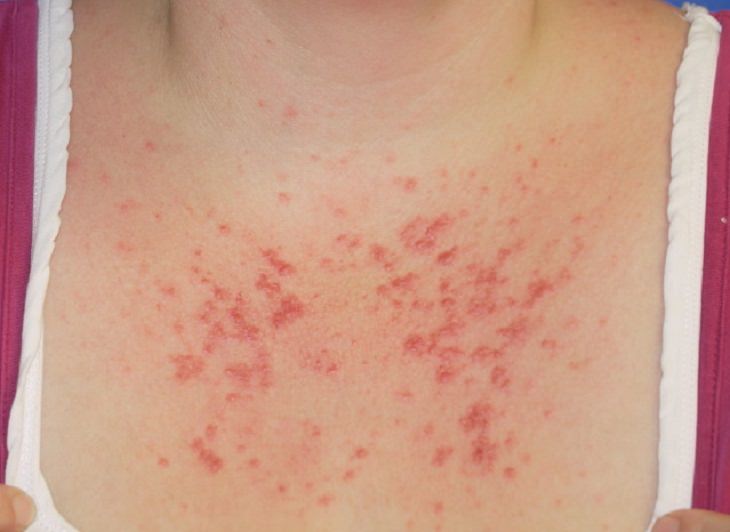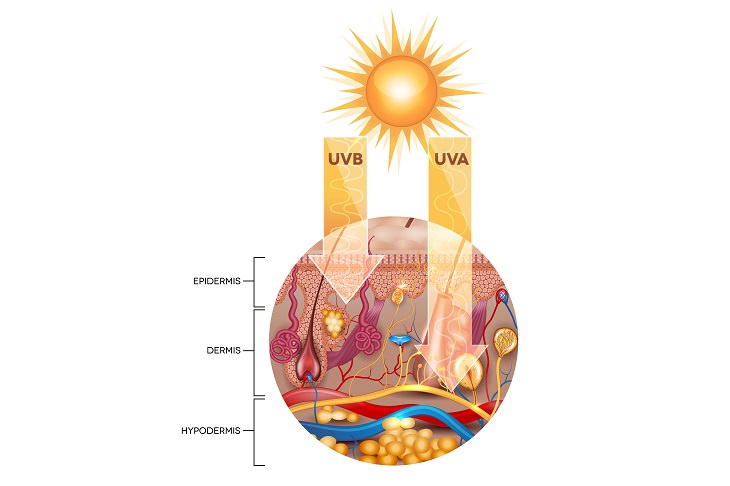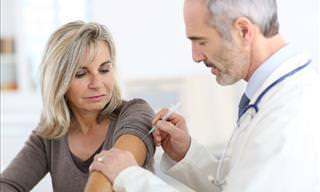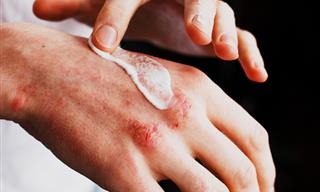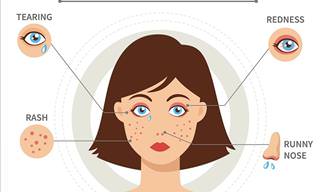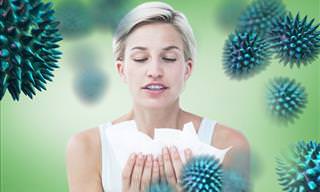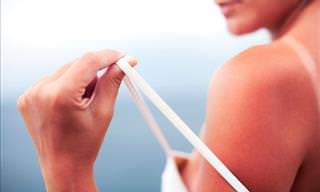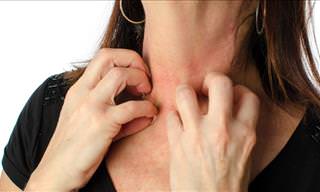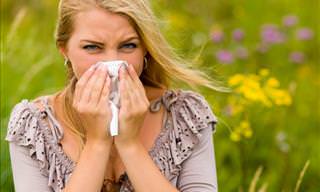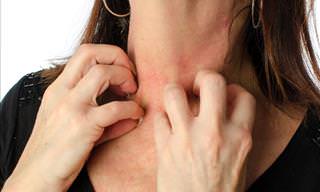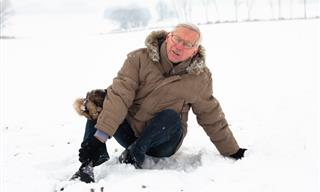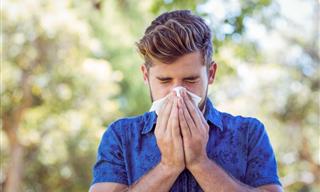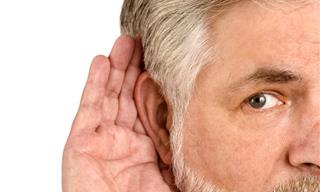Have you ever found an inexplicable burning rash on your arms or neckline? Depending on when it happens, you may have what’s called a sun allergy. The idea that a person could be allergic to sunlight may sound unbelievable, but as many as 20% of people suffer from the so-called sun allergy, more accurately known as polymorphous light eruption.
Polymorphous light eruption, or PLE, is a widespread skin condition that predominantly affects people with paler complexion and women before menopause that can manifest in itchy or painful rashes, hives or scaling of the skin after exposure to sunlight, particularly in areas that are typically covered in colder seasons.
PLE eruptions are most common during the end of spring and the beginning of summer. Rashes can last around 10 days and typically stop as the summer progresses and the skin becomes accustomed to stronger sunlight. Following the first eruption, PLE tends to reoccur on a yearly basis.
While referred to as “sun allergy”, doctors don’t actually know the mechanism behind PLE, though there are some educated guesses, such as an actual allergic reaction to an allergen produced in the body after exposure to sunlight.
And it’s not just direct, unfiltered sunlight that can trigger a PLE eruption. To be more precise, it’s not the fiery celestial body in the sky that people suffering from PLE are sensitive to, but UV radiation. That means that even artificial UV light can cause their skin to break out in a rash.
And wearing sunscreen or hiding indoors might not cut it either; most sunscreen protects our skin from UVB radiation, which accounts for 5% of the UV radiation that reaches earth and is the most intense and damaging, but PLE can be triggered by UVA radiation which, despite being weaker, can easily penetrate glass panes and some sunscreens.
As PLE is non-threatening, treatment typically aims to lessen the pain and irritation of the rash and includes cortisone cream and over-the-counter antihistamines. Even though PLE eruptions may occur due to weaker UVA exposure, adhering to sun safety rules will reduce the chances of an eruption. These include:
• Staying out of the sun between 10 AM to 2 PM when the sunlight is most intense.
• Covering up the areas of the body that aren’t accustomed to intense light exposure.
• Regularly apply broad-spectrum sunblock with an SPF of 30 or more. This will protect you from both types of UV radiation.
 Go to BabaMail
Go to BabaMail


